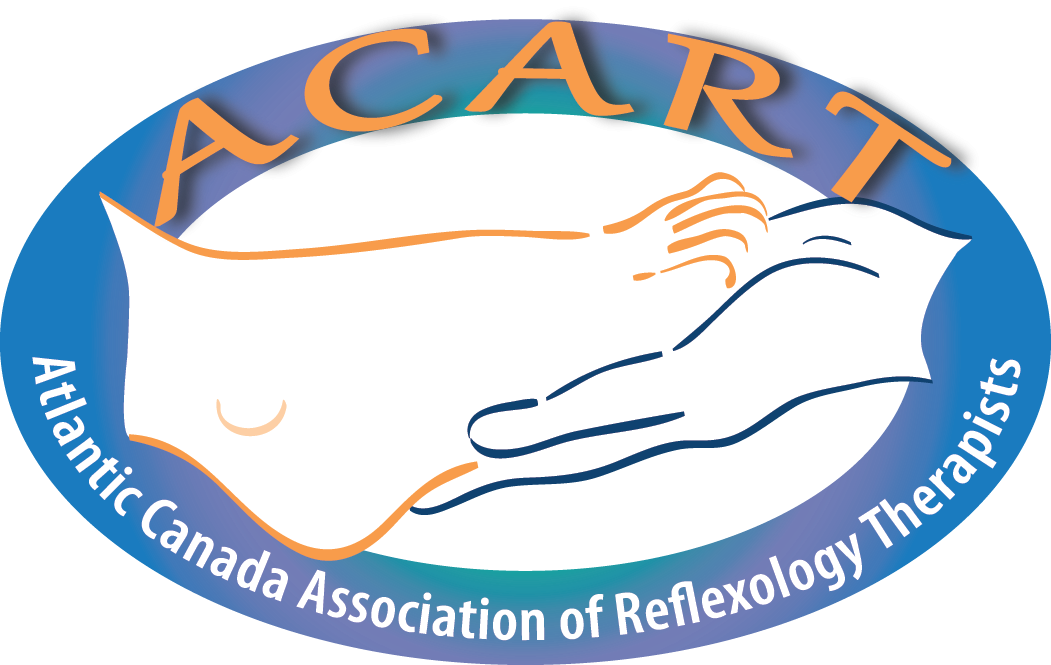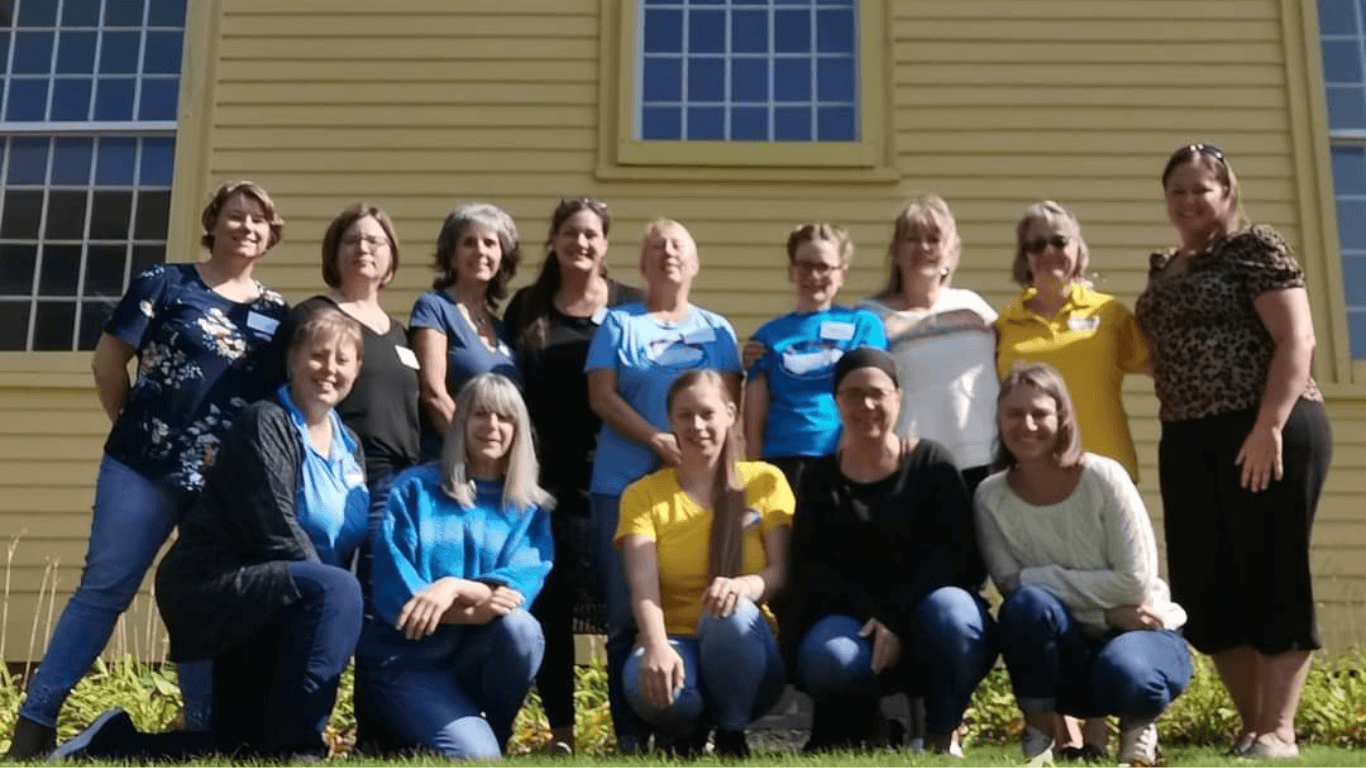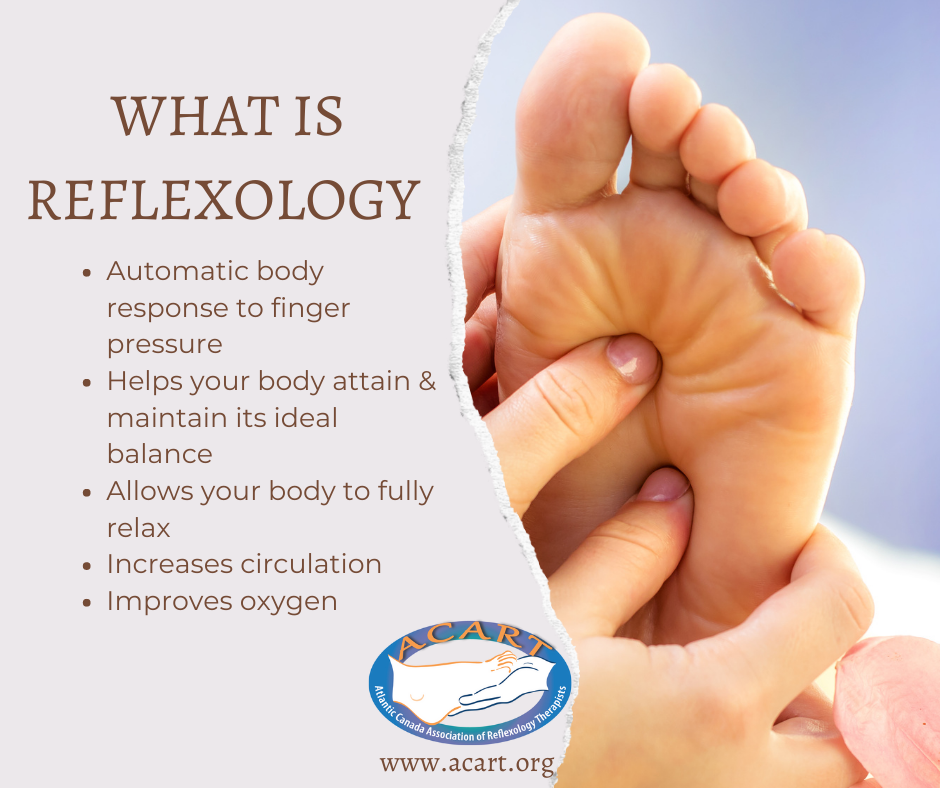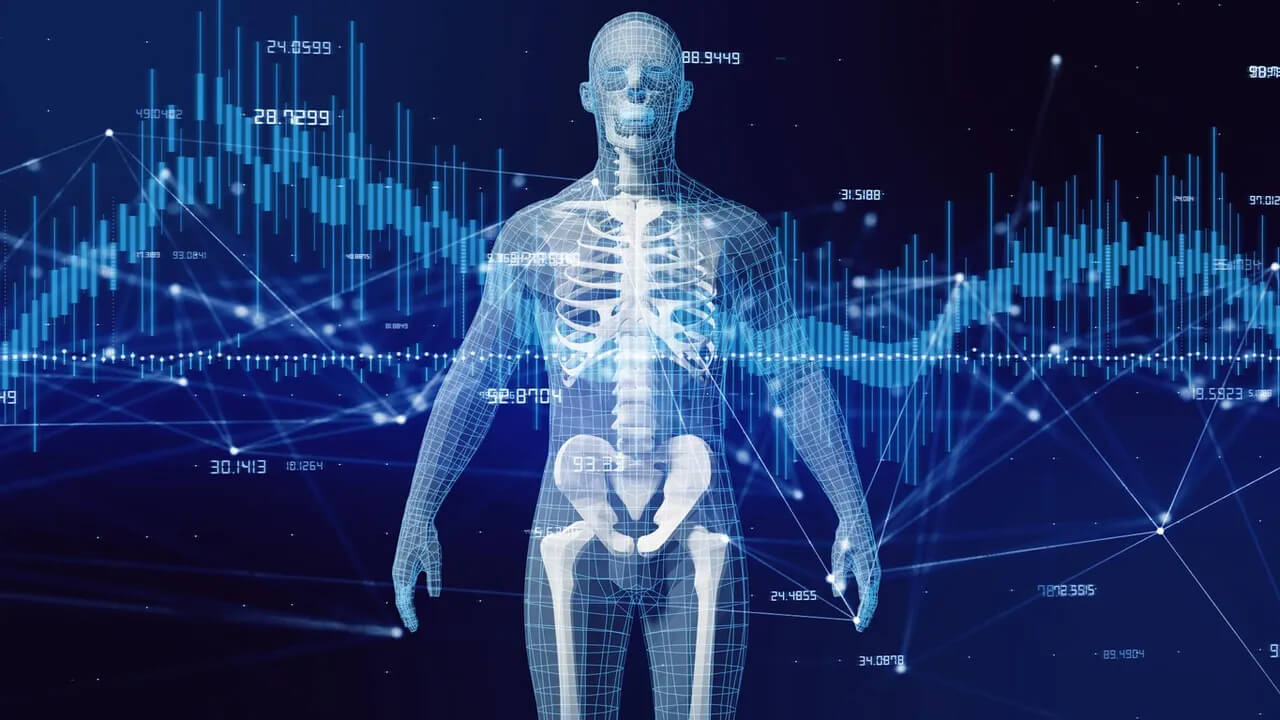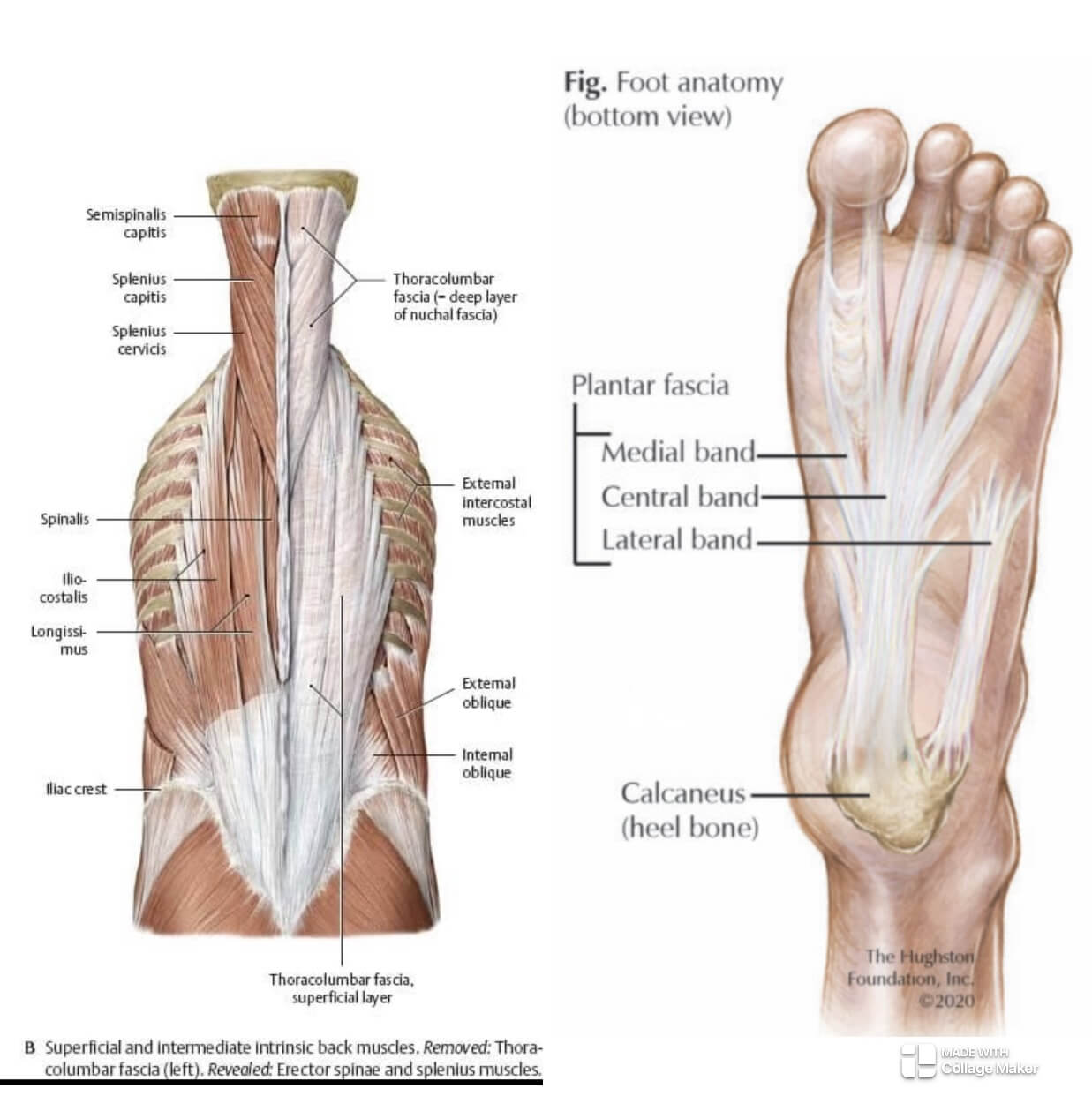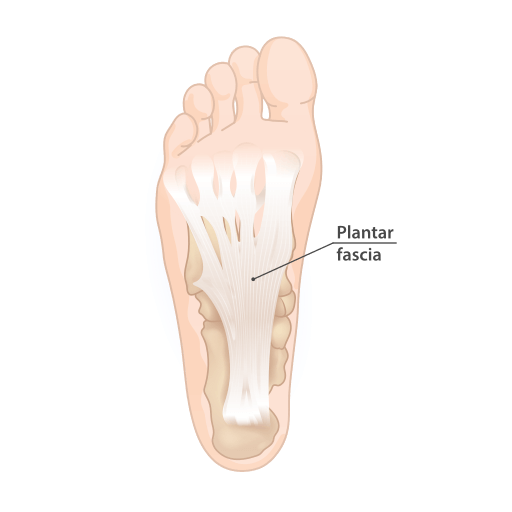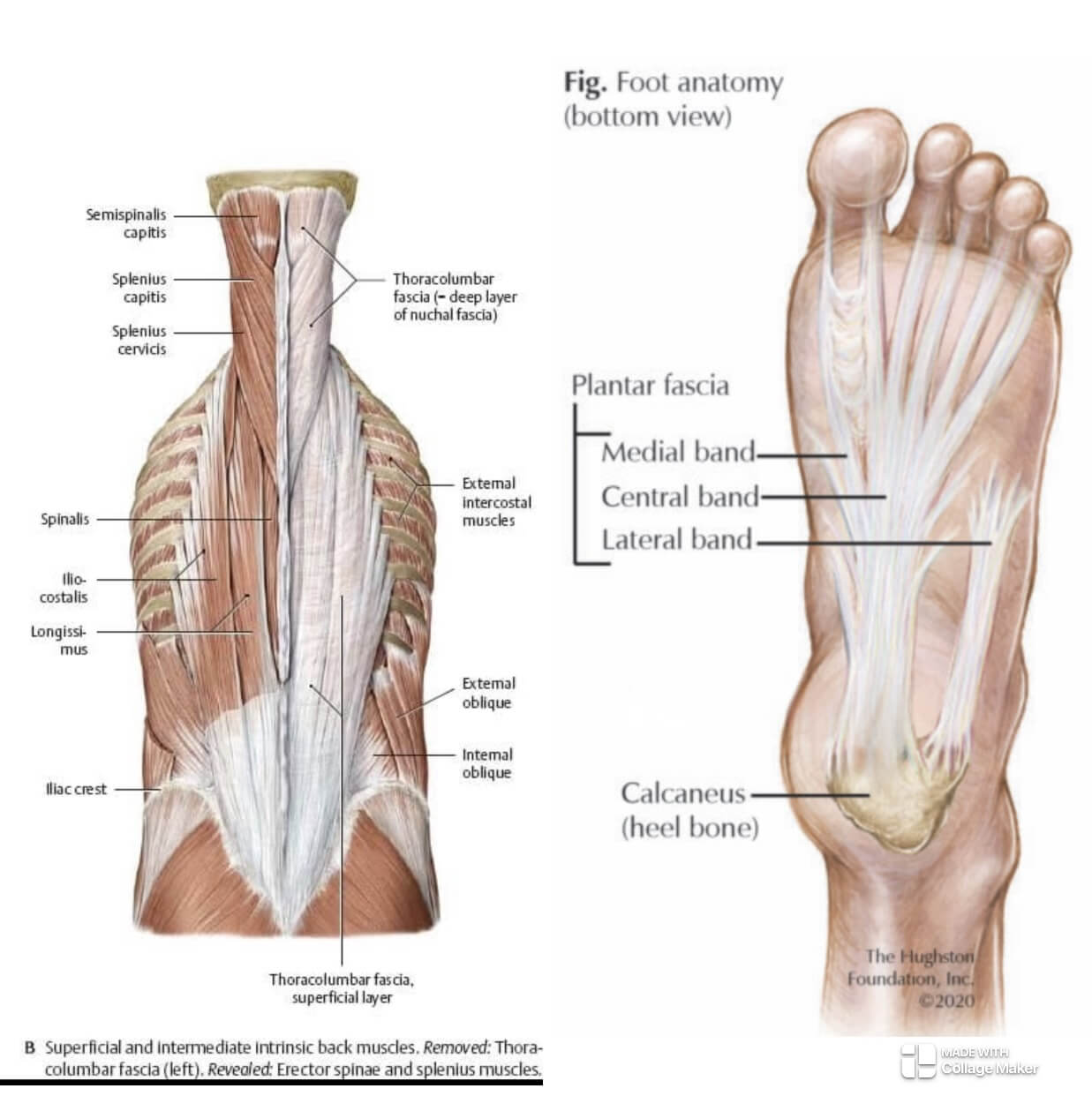Fascia and Reflexology
The Wonderful World of Feet: Plantar Fascia and Reflexology.
The plantar fascia is a remarkable structure – it’s a thick band of connective tissue
running along the bottom of your foot, stretching from your heel to your toes. Think of it
as your foots built-in bowstring, supporting your arch and absorbing shock with every
step you take.
Anatomy of the Plantar Fascia
The plantar fascia is composed of three main parts:
1. Medial Band: The innermost portion, running along the inside of the foot. This
band provides support to the arch and stabilizes the foot during movement.
2. Central Band: The largest and strongest part, located in the middle of the foot. It
bears the most tension and plays a key role in maintaining the foots arch.
3. Lateral Band: The outermost section, providing support to the outer edge of the
foot and assisting in weight distribution.
The plantar fascia originates at the medial tubercle of the calcaneus (heel bone) and
fans out towards the toes, dividing into five slips that connect to the base of each toe.
This arrangement allows the plantar fascia to act as a spring, storing and releasing
energy during walking or running.
Functions of the Plantar Fascia
- Arch Support: The plantar fascia is crucial for maintaining the structural integrity of the foots arch, preventing it from collapsing under body weight.
- Shock Absorption: It absorbs and redistributes forces generated during activities like walking, running, and jumping.
- Stabilization: The fascia works with other structures in the foot to ensure stability during dynamic movements.
- Energy Efficiency: Acting like a spring, the plantar fascia stores energy during the stance phase of walking and releases it during toe-off, improving the efficiency of movement.
Reflexology and the Foot Map
As every reflexologist knows, the foot is like a miniature map of the entire body, with
specific areas on the foot corresponding to different organs and systems. Take a look at
these anatomy diagrams of fascia, and compare the known reflex areas to the fascial
network…is it any wonder why the low back and neck reflexes like to help each other,
as referral reflexes?
Supporting the Plantar Fascia
For issues like plantar fasciitis or to support the plantar fascia, reflexology can be
particularly helpful because the condition is being addressed at both levels: via the
reflexology body map and via the local foot itself.
Focus on these key areas:
1. The Arch of the Foot: This area corresponds directly to the plantar fascia and
also represents the spine and mid/low back muscles in reflexology. Gently
applying a long, slow and gentle pressure glide along the arch, zone by zone,
aiming towards each individual toe, can help reduce tension and inflammation in
dual-fashion: local and reflex.
2. The Heel: Reflexologists associate the heel with the lower back/sacrum, pelvis,
and sciatic nerve. Applying reflexology massage to this area can offer relief not
only to the heel but also to the fascia connected to it, since the plantar fascia
anchors to the heel bone directly. Reflexology techniques applied here also
trigger relief patterns along the posterior fascial line of the body - a longitudinal
grouping of muscles that includes the hamstrings and low back muscles,
interconnected via a network of connective tissue.
3. The Toes: Fascial lines that start at the feet end at the head; in reflexology world,
that means we need to end at the head reflexes at the toes, to ensure the
opening of energy flow from feet to head - with particular reflex work to the big
toe, as the "main" head and neck reflex.
Quick Tips for Plantar Fasciitis Relief
- Promote an optimal healing response by additionally focusing on relaxation, circulation, pain relief and anti-inflammatory reflexes
- Stretch each toe, as this also promotes gentle stretching of the plantar fascia itself.
- A prolonged cupping-type hold of the heel at the heel line (also called static contact), can be beneficial in creating a warm, softening effect on the underlying fascial tissues. You can visualize 'melting' any restrictions and 'sealing and healing' any micro tears that might exist at the fascia attachment. This hold can last several minutes.
- Check yourself! Communicate throughout the session to be sure you can locate any tenderness which may be related to reflexes or to a local problem in the plantar fascia, but do so with caution...first and foremost, do no harm and work within your scope and training.
Want More Techniques? Seek Training!
Specific "Fascia Reflex Techniques" can take your work further. Specialized reflexology
methods applied to the feet affect not only the fascia in the feet, but fascia anywhere
throughout the body. Specialized training is key for learning appropriate pressure for a
site of injury versus a tender reflex, safe tissue stretching techniques directed at
reflexes to affected body parts, and opening techniques for energy and communication
flow along the major fascia chains that run throughout the body.
Author: Jennifer Johnson, Atlantic School of Reflexology
www.reflexologyASR.com
info@reflexologyASR.com
